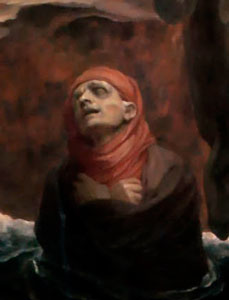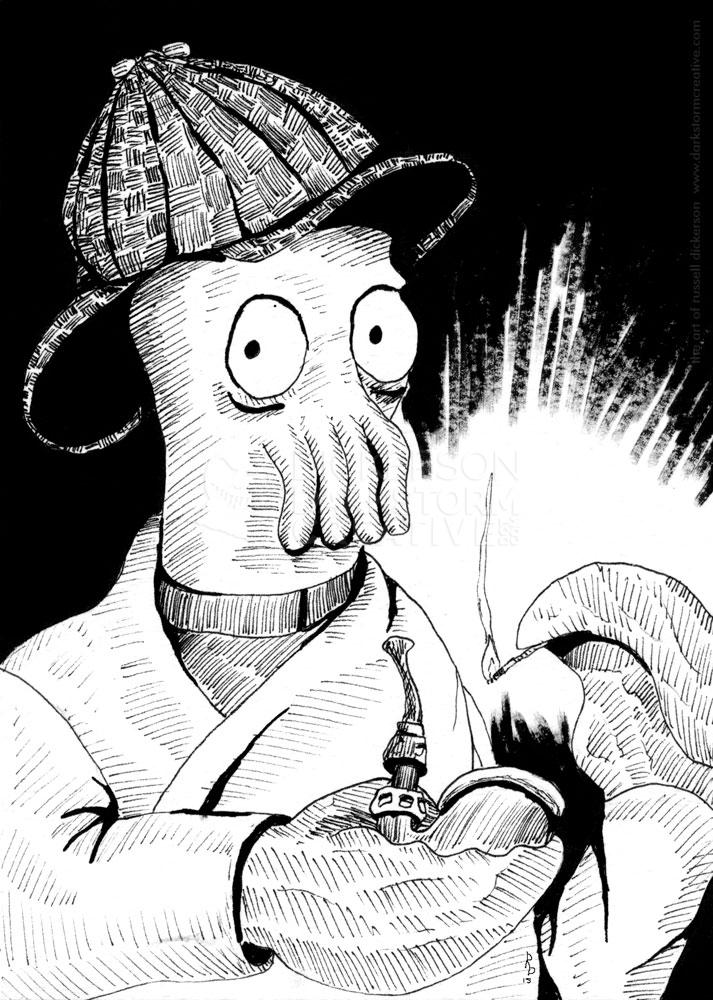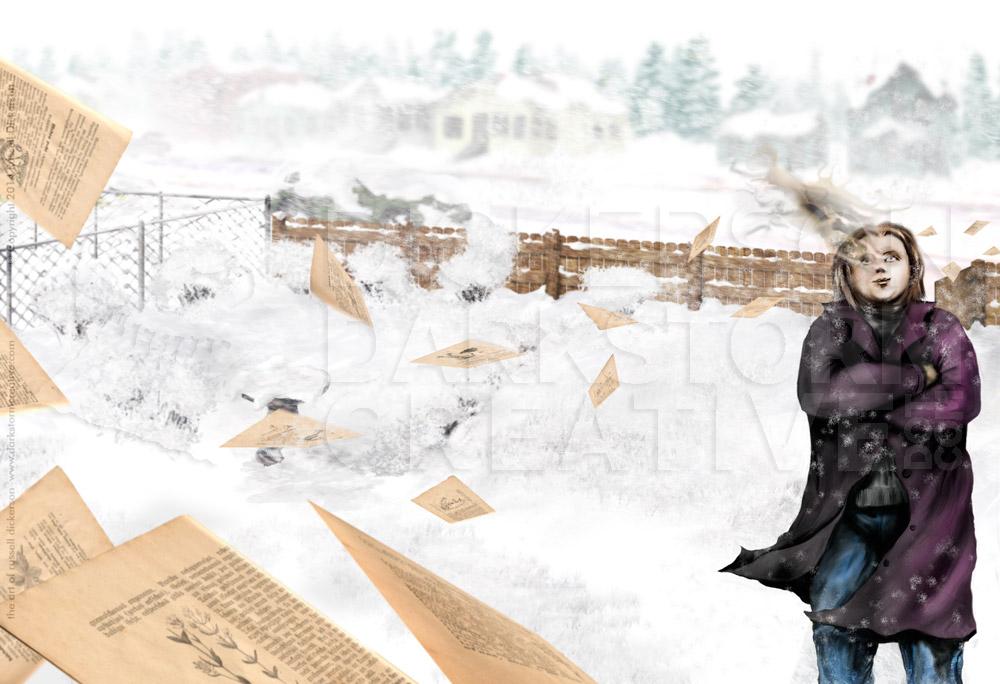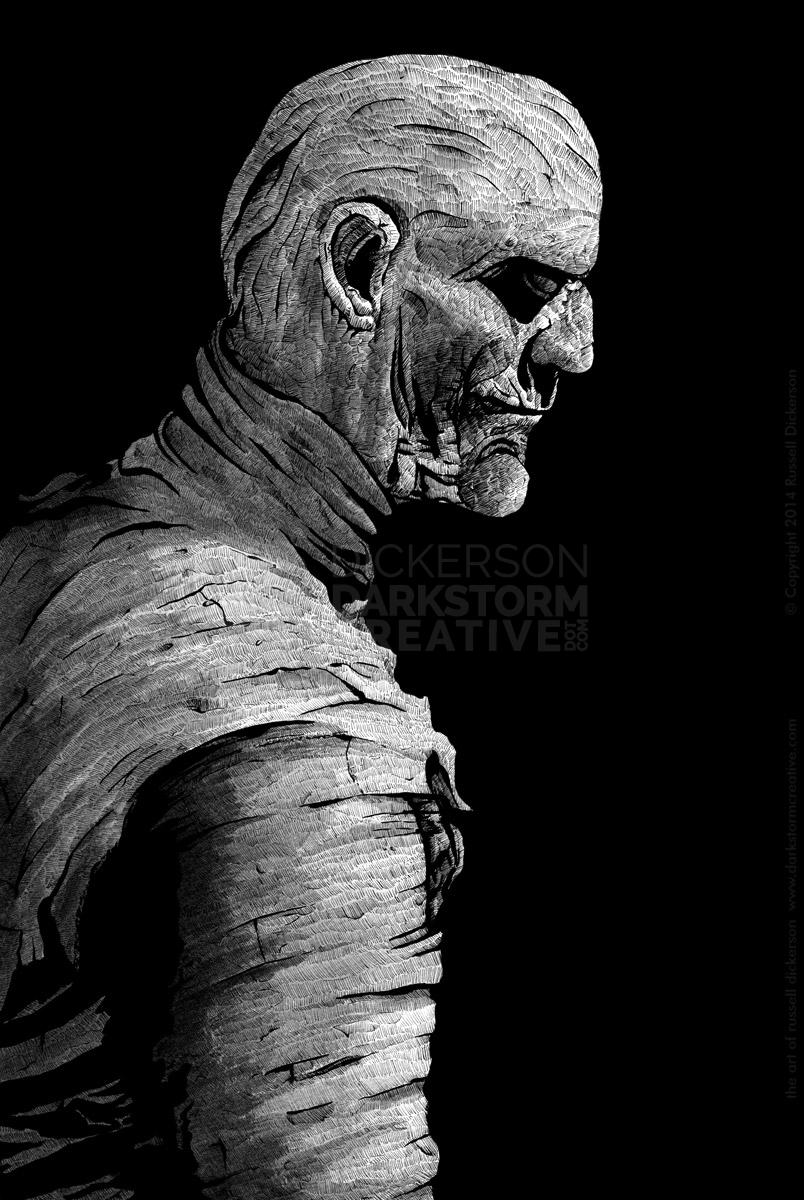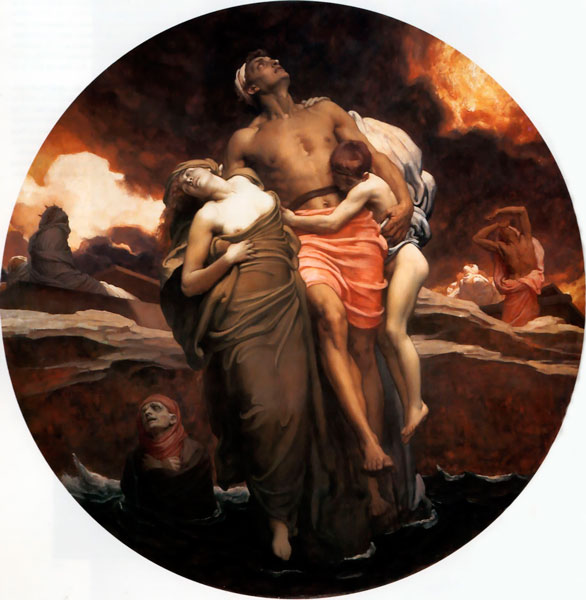
This is Lord Frederick Leighton’s And the sea gave up the dead which were in it (1891, oil on canvas, 90″, much larger link here), a piece that caught my eye when I was looking for something else (which is often the case).
I don’t tend to do biblical pieces all that often, mostly because I’m not a religious person, but also because there tends to be a more structured, more “official” look to many of them. Now, before both of you (or am I down to one person reading these now) let me have it, I just tend to think that the non-religious art pieces are a little more open, the artist seeming a little more free to do as they wish. As my friend says though, your mileage may vary.
Leighton has created a large image at 90″ across, which I’ve read was originally intended as ceiling art in St. Paul’s Cathedral (see here for reference). The size and dramatic sense of the piece certainly makes sense then, as does of course the content. The image shows the last judgment, and is based on Revelations (20th chapter).
Before I say what I think on the content, let’s talk about the artistry. I like Leighton’s use of color and contrast here. The colors are all fairly subdued, yet certainly help bring your eye into the work. You are first drawn to the man in the center (partially because, well, he’s in the center), something that’s helped by his red clothing. Leighton also uses a fiery palette in other parts, a sense that something otherworldly is happening.
Leighton’s use of contrasts works very well here, and really helps tell the story. The bright white of the woman’s chest keeps your eye in the center of the work (and not at her body, that’s not what I mean– well maybe some), but the the bright clouds behind her also give a sense of the earth to the image. At the same time, the midtones of the piece keep your eye from straying too far off the mark, and drives home further impact to the events at hand.
Where I think Leighton worked best was actually in using that contrast and the gray levels to give an idea of what’s happening in the scene. The man in the center, and a number of the people around him are seemingly grayed out, more subtle than the others. The man’s wife in his arm, the boy and even a few of the characters in the back are far brighter, which to me seems to indicate what happened during the judgment, and the final act now in progress.
Along with the bright characters, the characters all seem to indicate, by body language and facial expression, different ideas. The man in the center, the man on the right and even the darkened woman in the foreground all seem to be worried or anguished, where there’s a sense of relaxation, even rapture in the others.
The piece itself is nicely open to interpretation. To me, Leighton is showing that, as the dead rise again, they are being sent to their final places. Some to rest, others to damnation. What strikes me as the pinnacle of the piece is the boy. I take it that, based on his contrast and color, that he’s rising to heaven. He’s holding onto his father tightly, not wanting to let him go. He knows his father isn’t joining them, and it’s his last goodbye as he ascends to heaven.
Opinions?
